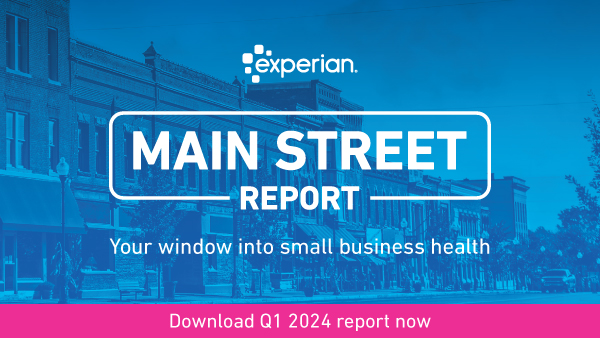All posts by Gary Stockton

Experian Main Street Report says strength in the economy pushes through inflation. Download for analysis on Q1 small business performance.

Explore effective marketing strategies for insurance agents and brokers to boost ROI and client engagement.

Explore how API integration transforms business efficiency, enabling seamless data management, automation, and advanced client segmentation for growth and risk management.

Join Experian for the Q1 2024 Quarterly Business Credit Review as we dive into quarterly small business credit trends June 4th at 10am PT.

The Beyond the Trends report highlights indicators which offer insights on labor, prices, commercial credit and economic conditions.

Explore instant decisioning in business automation, an approach to streamline credit decisions integrating data and automating processes.

Explore how batch append credit scores revolutionize risk management and efficiency in financial services, with insights from Experian's Erikk Kropp.

Data is central to modernizing the credit approval process. We discuss useful formats beyond traditional business credit reports and scores.

We're kicking off a series of posts about the path to modernization framework featuring Sr. Product Manager, Erikk Kropp.

